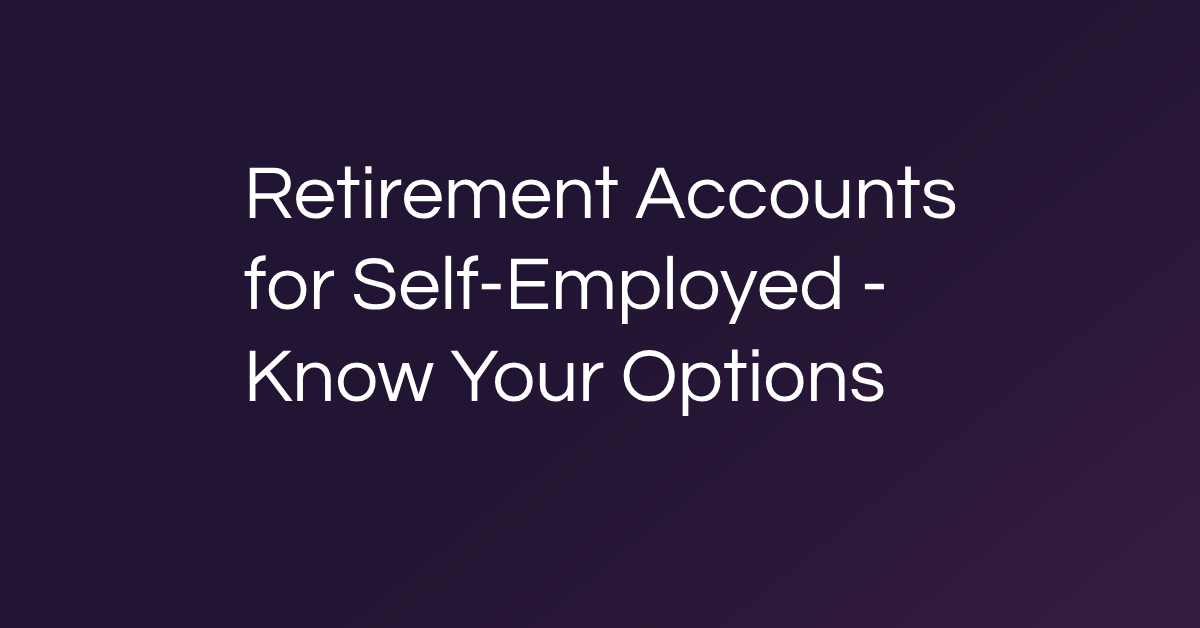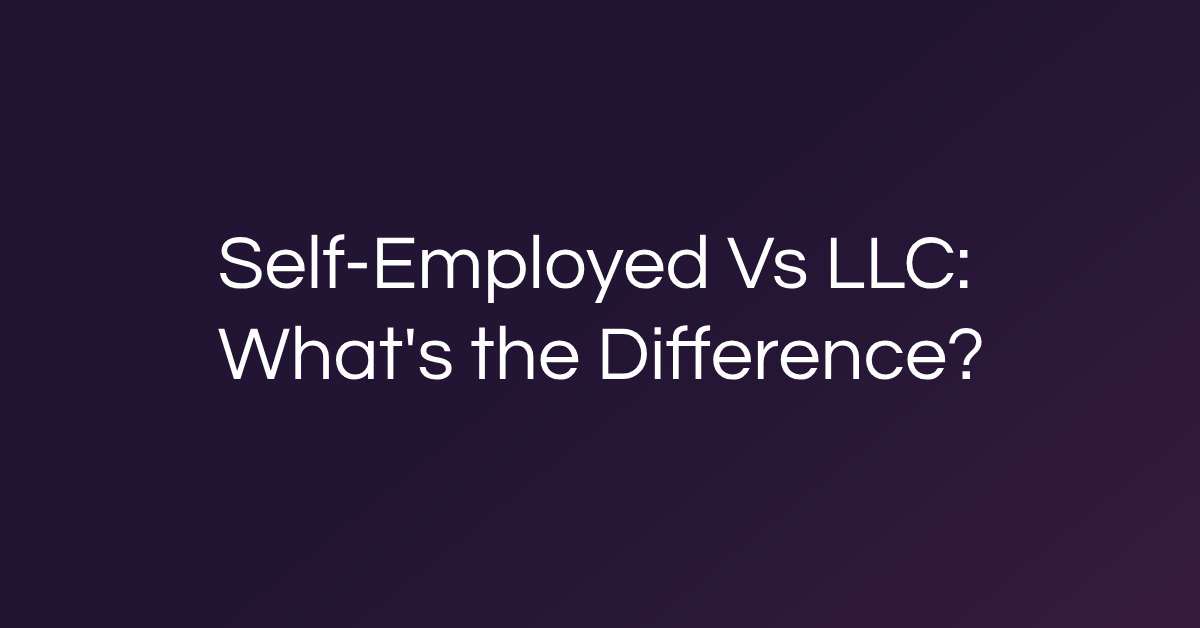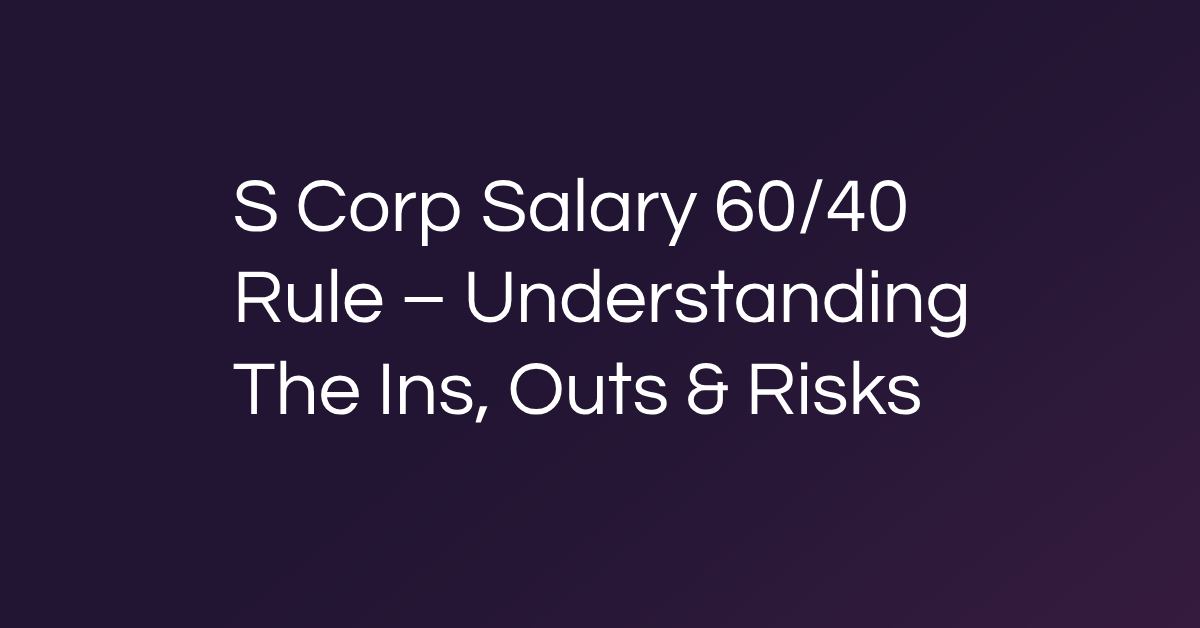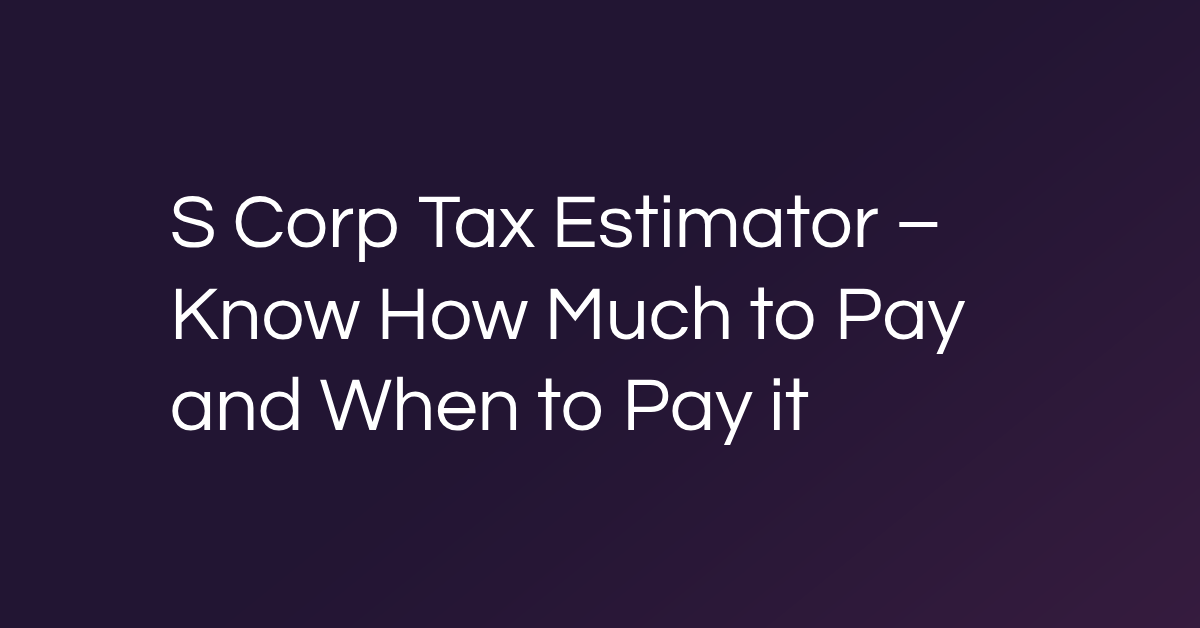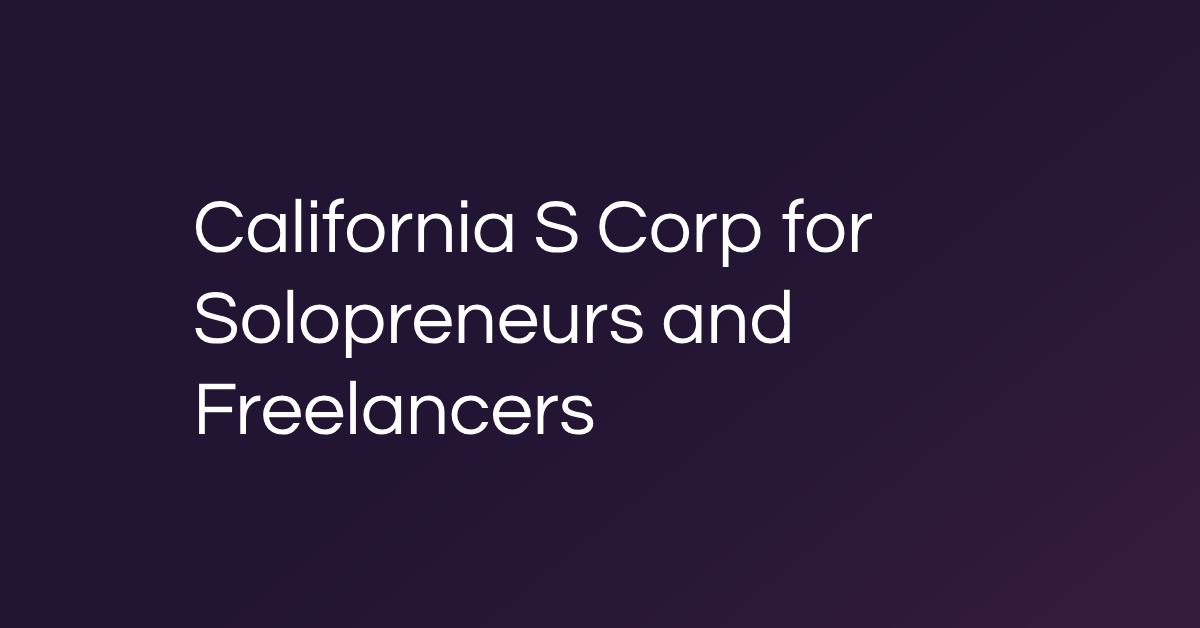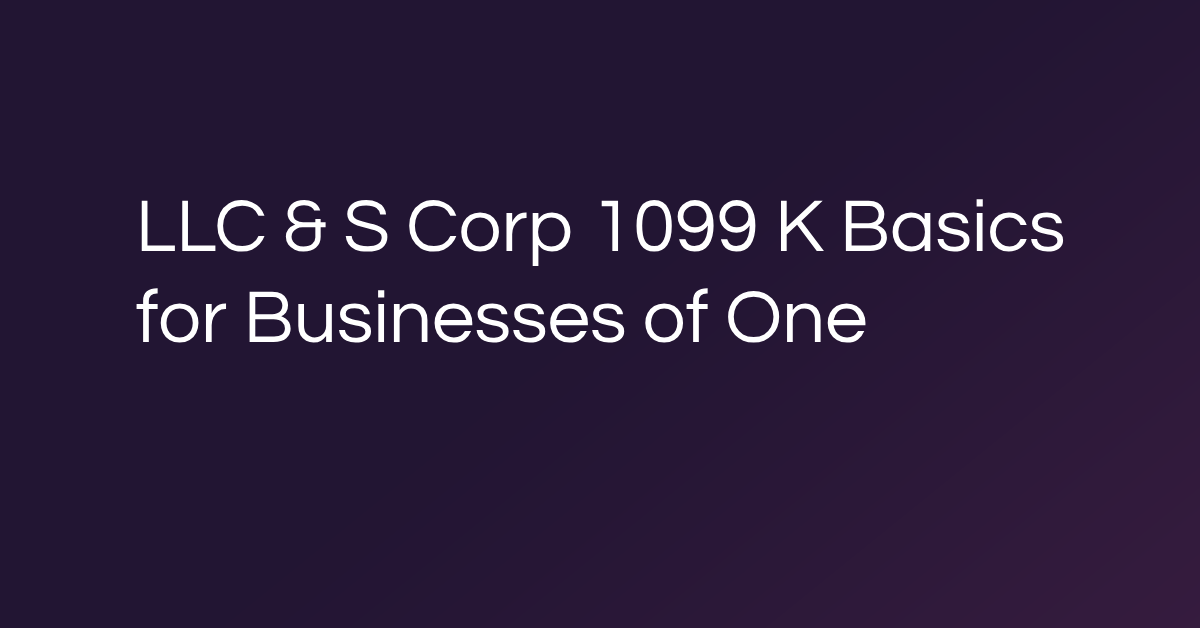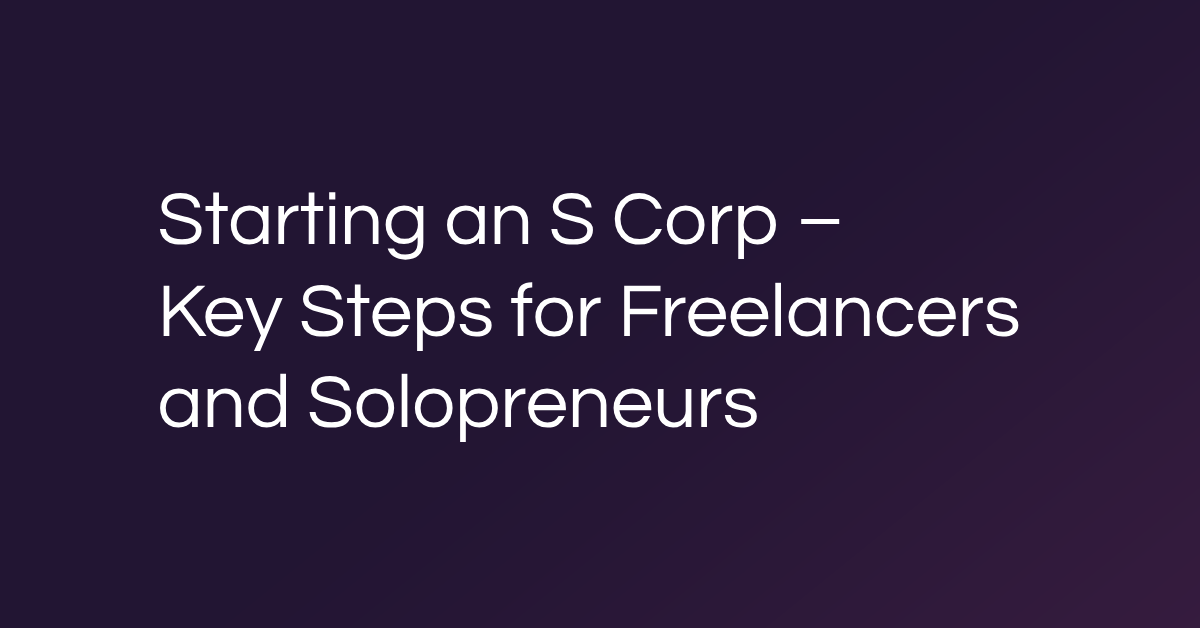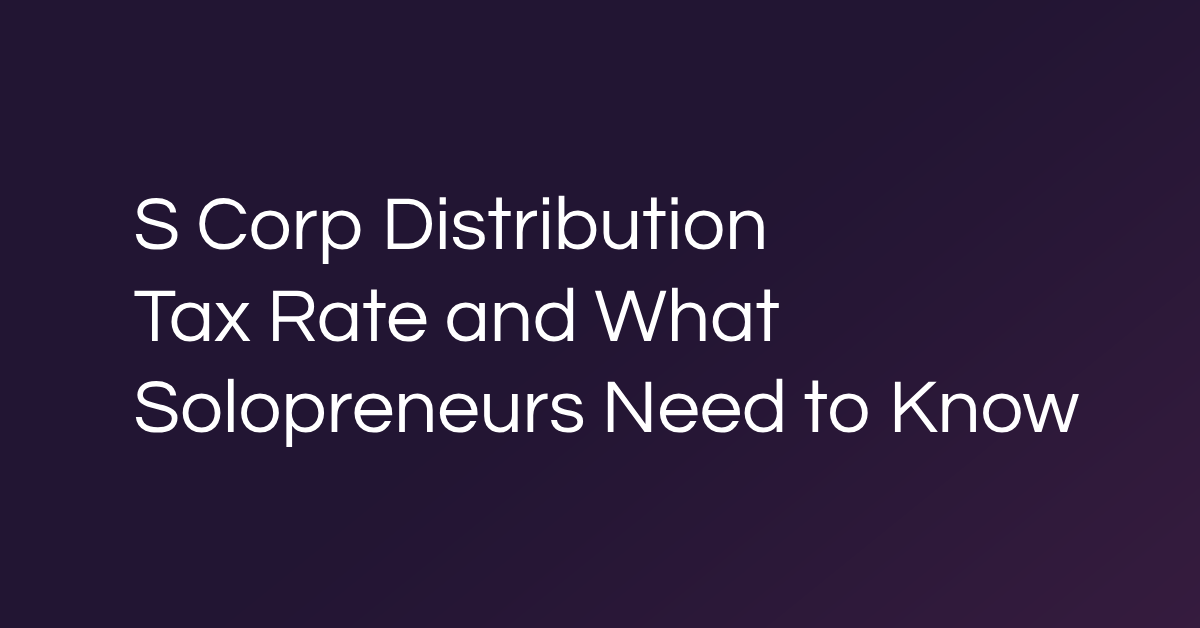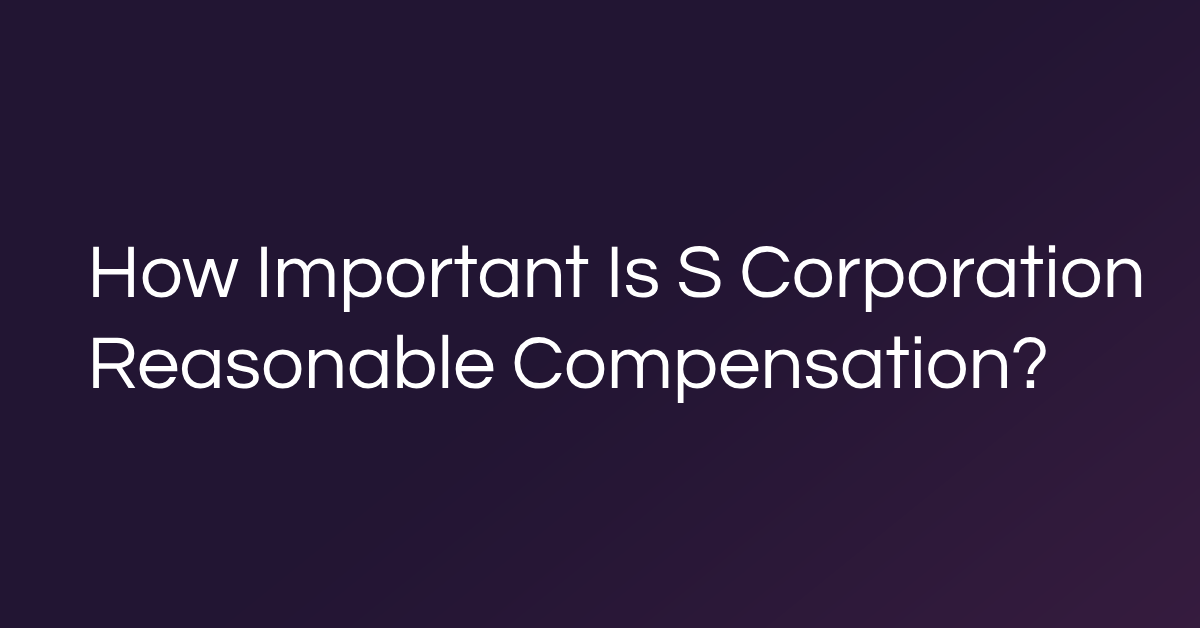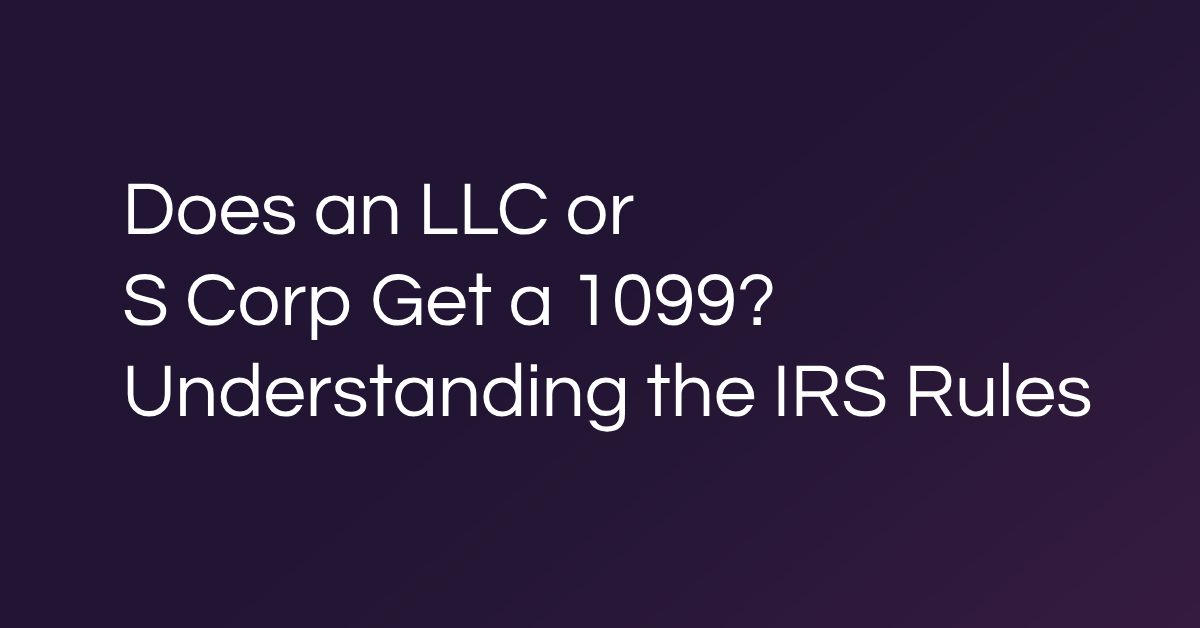When you work for yourself, planning for retirement isn’t just a financial goal, it’s part of running your business. Without an employer-sponsored plan, self-employed professionals must be more intentional about saving for the future. But with the right strategy and tools, building long-term wealth is well within reach.
Why retirement accounts for self-employed individuals are crucial
When you’re self-employed, it’s up to you to build a system for long-term security. The right retirement plan can be a powerful tool for reducing taxes today and creating financial stability tomorrow.
Solopreneurs who prioritize retirement think like business owners, not just contractors. A solid retirement account lowers taxable income, signals financial discipline, and helps turn your independent work into a long-term wealth-building vehicle. The sooner you start, the more your savings can grow with you.
Explore how different retirement strategies can complement your business structure, whether you’ve formed an LLC or elected S corp status, and build a plan that works as hard as you do.
Compare your self-employed retirement account options
Choosing the right retirement account means balancing flexibility, income level, and tax strategy. Fortunately, solos can access multiple plans supporting business owners, not just employees. Each option has different contribution limits, rules, and benefits, but they all share one thing: they help you build wealth while reducing your tax burden.
Why retirement accounts matter for solos
As a business-of-one, every dollar you save for retirement serves two purposes. It secures your financial future and supports more innovative tax planning. Investing through a retirement account helps you move beyond short-term income and build a system that compounds value over time.
Key benefits of having a plan in place
You don’t need to know everything about retirement planning to make a wise start. Simply having a system in place comes with benefits:
- Contributions may reduce your taxable income now or grow tax-free later.
- Retirement savings grow through compound interest, not just effort.
- You may even qualify for a tax credit that helps offset the cost of starting a plan.
Simple IRA
A Simple IRA offers a straightforward way for solopreneurs or small business owners with employees to start saving for retirement. It’s often used by those who want an easy-to-manage plan with employer contribution requirements.
- Best for: Solo business owners (especially those with a small team) looking for simplicity and lower setup costs.
- Contribution limit: You can contribute up to $16,000 as an employee, and an additional $3,500 if you’re 50 or older. Employers must match up to 3% of compensation or make a 2% non-elective contribution for all eligible employees.
- Tax advantage: Contributions are pre-tax, reducing your annual taxable income.
- Get started: You can open a Simple IRA through most financial institutions.
This plan is a great stepping stone toward structured retirement savings, especially if you’re just starting or planning to expand your team.
SEP IRA
A SEP IRA (Simplified Employee Pension) offers powerful flexibility for self-employed individuals and business owners with fluctuating income. You make employer-only contributions, scaling based on how much your business earns.
- Best for: Solos with variable income who want high contribution potential without annual employee deferrals.
- Contribution limit: You can contribute up to 25% of compensation, up to a maximum of $69,000.
- Tax advantage: Contributions are tax-deductible, which helps reduce your business’s taxable income.
- Get started: You can open a SEP IRA through most brokerage firms. The setup is simple, and ongoing administration is minimal.
A SEP IRA allows you to save more in strong years and scale back during leaner ones. It’s beneficial for solos who prioritize tax savings and want to keep their retirement planning low-maintenance.
WINNER — Solo 401(k)
For self-employed professionals without full-time employees, a Solo 401(k) offers the highest contribution potential of any retirement account. It combines employee and employer contributions, making it ideal for high earners who want to maximize tax-advantaged savings. It’s also the most flexible with what is called a Solo 401K loan.
- Best for: Solos with high income who want to maximize retirement contributions
- Solo 401K loans: You can take down up to 50% of the balance, maximum of $50K – this can be really helpful for a rainy day. The best part is you pay back the after-tax interest into your own retirement account, not to a bank.
- Contribution limit: You can contribute up to $23,000 as the employee, plus 25% of compensation as the employer, up to $69,000 in total. Those over 50 may qualify for additional catch-up contributions.
- Tax advantage: Choose between pre-tax traditional contributions or after-tax Roth contributions, depending on your income strategy
- Get started: We offer Solo 401(k)s as part of the Self-Employment OS, making it easier to contribute, track, and report through one streamlined platform.
A Solo 401(k) allows you to plan for the future while optimizing your tax position today. With traditional and Roth options, it’s a versatile solution that adapts as your business grows.
Roth IRA
Roth IRAs offer an appealing benefit: tax-free withdrawals. You contribute after-tax dollars now, and gain tax-free growth and distributions in retirement, making it a good choice for solos who expect to earn more over time.
- Best for: Solopreneurs in a lower tax bracket today who want tax-free income later
- Contribution limit: Individuals under 50 can contribute up to $7,000 ($8,000 if 50 or older).
- Tax advantage: Contributions aren’t deductible now, but qualified withdrawals in retirement are completely tax-free.
- Get started: Open through most brokerages or custodians—no business structure required.
If you’re early in your business and under the IRS income limit, a Roth IRA gives you flexibility, low fees, and strong long-term benefits, without adding operational complexity to your solo practice.
How to choose the right account based on your goals
Your retirement plan should reflect how you earn, save, and grow. There’s no single best choice. Many solopreneurs use multiple accounts as their business evolves.
- For flexibility with variable income, consider a SEP IRA.
- For future tax-free withdrawals, a Roth IRA fits—if you qualify.
- For teams or planned hires, a Simple IRA may make sense.
- For high earning potential, flexibility via loan, tax strategy, a Solo 401(k) stands out — this is Besolo team’s favorite.
Explore how different accounts stack up by reviewing Solo 401(k) vs. Self-Directed IRA options.
Build long-term wealth with a plan that works for you
Your retirement plan is part of your business system, not an afterthought. Besolo makes it easier. Our platform offers Solo 401(k) access, built-in tax tools, and expert-backed systems to support your business long-term. If you’ve structured your business as a solo LLC or elected S corp status, your retirement plan should match how your business grows. Explore how our tools help you save smarter, stay organized, and invest in your future with clarity. Become a member today and start building long-term wealth with confidence.

